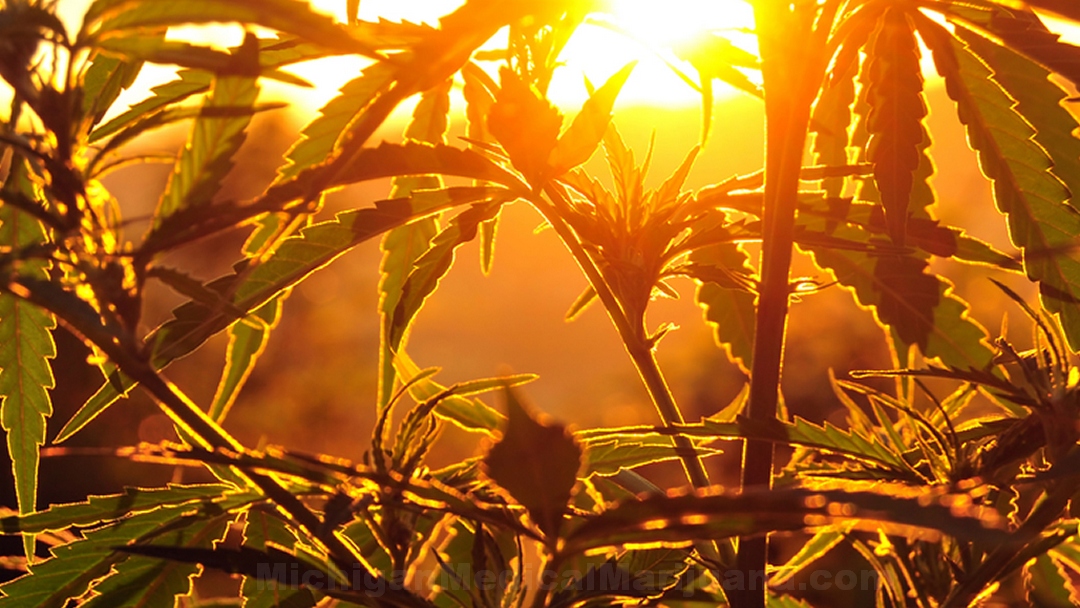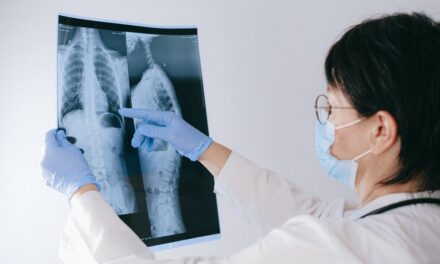Photosynthetic response of Cannabis sativa L. to variations in photosynthetic photon flux densities, temperature and CO2 conditions
Effect of different photosynthetic photon flux densities (0, 500, 1000, 1500 and 2000 μmol m−2s−1), temperatures (20, 25, 30, 35 and 40 °C) and CO2concentrations (250, 350, 450, 550, 650 and 750 μmol mol−1) on gas and water vapour exchange characteristics of Cannabis sativa L. were studied to determine the suitable and efficient environmental conditions for its indoor mass cultivation for pharmaceutical uses.
The rate of photosynthesis (PN) and water use efficiency (WUE) of Cannabis sativa increased with photosynthetic photon flux densities (PPFD) at the lower temperatures (20–25 °C). At 30 °C, PN and WUE increased only up to 1500 μmol m−2s−1 PPFD and decreased at higher light levels.
The maximum rate of photosynthesis (PN max) was observed at 30 °C and under 1500 μmol m−2s−1 PPFD. The rate of transpiration (E) responded positively to increased PPFD and temperature up to the highest levels tested (2000 μmol m−2s−1 and 40 °C). Similar to E, leaf stomatal conductance (gs) also increased with PPFD irrespective of temperature.
However, gs increased with temperature up to 30 °C only. Temperature above 30 °C had an adverse effect on gs in this species. Overall, high temperature and high PPFD showed an adverse effect on PN and WUE.
A continuous decrease in intercellular CO2 concentration (Ci) and therefore, in the ratio of intercellular CO2 to ambient CO2 concentration (Ci/Ca) was observed with the increase in temperature and PPFD. However, the decrease was less pronounced at light intensities above 1500 μmol m−2s−1.
In view of these results, temperature and light optima for photosynthesis was concluded to be at 25–30 °C and ∼1500 μmol m−2s−1 respectively. Furthermore, plants were also exposed to different concentrations of CO2 (250, 350, 450, 550, 650 and 750 μmol mol−1) under optimum PPFD and temperature conditions to assess their photosynthetic response.
Rate of photosynthesis, WUE and Ci decreased by 50 %, 53 % and 10 % respectively, and Ci/Ca, E and gs increased by 25 %, 7 % and 3 % respectively when measurements were made at 250 μmol mol-1 as compared to ambient CO2(350 μmol mol−1) level. Elevated CO2 concentration (750 μmol mol−1) suppressed E and gs ∼ 29% and 42% respectively, and stimulated PN, WUE and Ci by 50 %, 111 % and 115 % respectively as compared to ambient CO2 concentration. The study reveals that this species can be efficiently cultivated in the range of 25 to 30 °C and ∼1500 μmol m−2s−1 PPFD. Furthermore, higher PN, WUE and nearly constant Ci/Ca ratio under elevated CO2 concentrations in C. sativa, reflects its potential for better survival, growth and productivity in drier and CO2 rich.
See the PDF here with more information. Photosynthetic response of Cannabis sativa L
For over 25 years Komorn Law has succesfully defended clients charged or arrested for criminal offenses for drugged driving, DUI, Marijuana, CCE, Conspiricy and more. Read client reviews here on AVVO.









